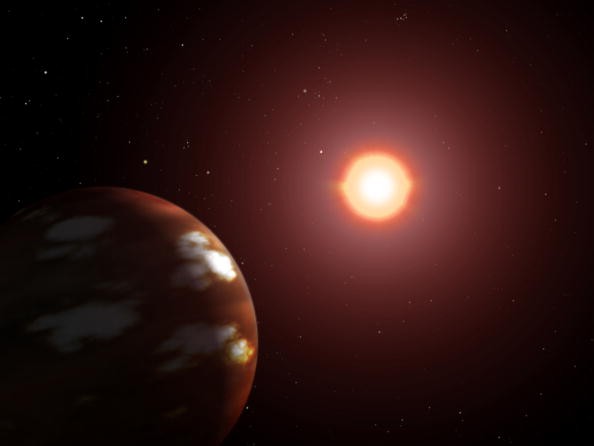A new large "dwarf planet" beyond Neptune was discovered by a group of scientists, a State-run Xinhua News Agency article reported.
The team of professional stargazers noted that the recent discovery could help experts in understanding the solar system better.
Named RR245, the newly-discovered icy planetary object is said to orbit the sun every 700 earth years. It has a diameter of about one third of that of Pluto's, which was the solar system's 9th planet long before it was re-classified as a dwarf planet a decade ago.
According to the research team, the dwarf planet was first discovered earlier in February. The stargazers noted that the discovery was part of the ongoing Outer Solar System Origins Survey (OSSOS).
The OSSOS team is composed of experts and researchers from British Columbia, U.S., France, Canada, Taiwan and Taipei.
The collaborative project particularly "explores the resonant populations of the Kuiper belt, the little cousins of worlds like Pluto," it said on its official website.The observations are then used to test models on how the solar system began and evolved on its present condition.
OSSOS team member Michele Bannister remarked that this kind of discoveries allows mankind to put together the history of the solar system, an article published on the official website of National Geographic on July 12 wrote.
"I think it's wonderful that Pluto has so much family -- that it is part of a much bigger story," Bannister, who hails from the University of Victoria in Canada, remarked.
As described by the International Astronomical Union, dwarf planets, apart from being smaller than ordinary planets, orbit the sun at a greater distance. Though they are shaped nearly round like planets, these planetary components do not have a defined neighborhood around their orbits.
Scientists believe that there are dozen of dwarf planets in the solar system. So far, only a few of them have been spotted and identified.



























